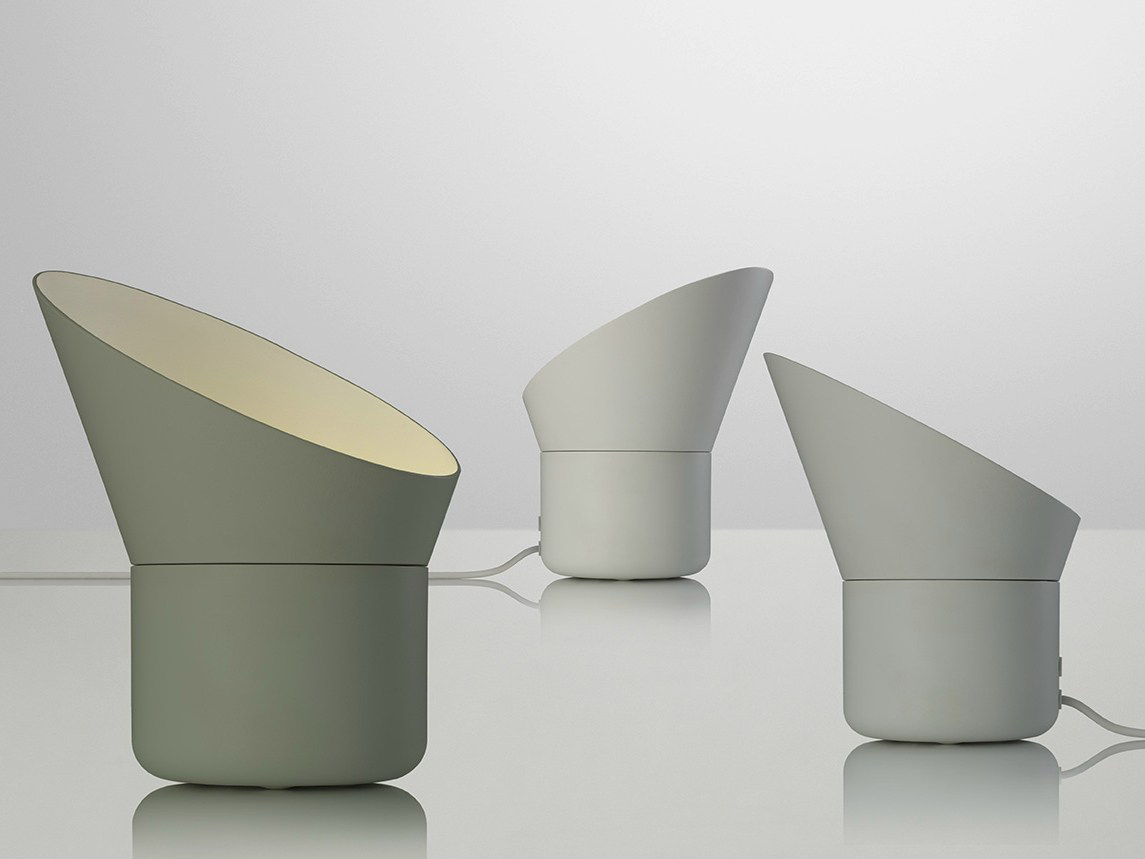Hollis + Morris Creates Elegant Designs Inspired by Natural Formations
Stepping away from the business, and into nature.

Blown glass, metal, and wood: orbs placed on each side of a dark oak pillar creates the Willow Sconce from Hollis + Morris. Inspired by a newly budded bough, the piece is emblematic of the Toronto-based firm’s wholly natural and purely simple approach to design.
What started in 2014 as founder and sole designer Mischa Couvrette “smashing things together in a two-car garage” has grown to 15,000 square feet of manufacturing space that puts out a considered line of lighting, furniture, and accessories. Hollis + Morris teams tend toward the minimal with biophilic inspirations—the Willow Sconce is the newest addition to the line’s Bloom Collection. “That shape and curvature, how it interacted together, was really important, and we spent a long time developing that,” Couvrette reflects. “The separation, the angles, how many, that was really critical if we wanted it to stand out.” Details are important to Couvrette. The glass used for the orbs, for instance, is hand-blown in Poland where Couvrette was able to locate the pearlescent, textured finish he had envisioned. “It was such a clean finish, the matte opal,” he says. “We probably went through 20 iterations of glass before we landed on that.”

Stem and Catkin pendants in the background; Willow Sconce in the foreground.
Born in Ottawa, Couvrette studied environmental sciences at Dalhousie University, and his interest in nature’s design is omnipresent in the work. With training from Ontario’s Sheridan College, he began making pieces in his dad’s garage, filling in knowledge gaps with YouTube how-tos. “I was very careful to not make design errors, and I think that approach has always stuck,” he says. “At its core, that is how I design.” Early pieces carry this straightforward ideology: a wall-mounted light in the long, jagged shape of a lightning bolt, among other shapes with hard edges—squares, rectangles—softened and brought back to nature with natural, warm materials.

“I was very careful to not make design errors, and I think that approach has always stuck.”
From early on, the line found fans in companies such as Vice, Amazon, and Facebook. “Pre-pandemic, our work was brought in to warm up a lot of offices that had polished concrete and high ceilings. They were often using our fixtures and furniture pieces as the natural anchors in the space,” Couvrette says. Since the pandemic, Hollis + Morris has seen a boost in sales, a silver lining Couvrette attributes to the line’s connection to nature. “The new struggle is that being part of the business day to day is not a creative endeavour—it’s not a creative muscle that gets used every day. So I’ve taken some really dramatic approaches to step out of that, … stepping away from the business and stepping into nature.”

Though Hollis + Morris has taken greater risks in its designs, combining materials and finishes, it’s not always immediately apparent. A piece such as Willow Sconce—deeply considered in its sourcing and composition—appears to be as graceful and happenstance as a catkin on a willow branch. In Couvrette’s eyes, this affinity for organic design is what, in the shaky postpandemic world, is going to rise to the top. “But maybe I’m biased because we’ve been doing it for a long time that way,” he adds. Like the success of anything organic, only time will tell.




